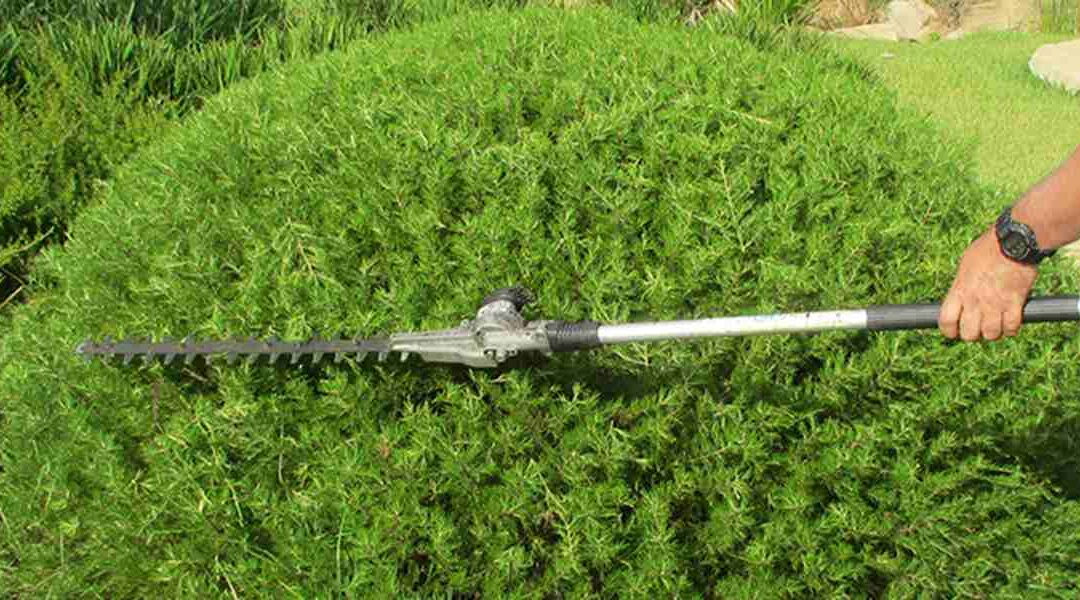Do you think one of your prized arboreal specimens needs a trim? Don’t charge ahead with those shears just yet.
As the go-to arborist in Alexandria, VA, our team at Dos Amigos Tree Experts has seen cases of well-intentioned gardeners making a hash of their flora due to bad pruning cuts. Keep reading as we help you dodge the most common ones and give your plants the care they deserve.
1. Random Cuts
Without a clear goal in mind, you’ll likely end up doing more harm than good. It’s like going to the barber and saying, “Surprise me!”
Just like a good haircut, effective trimming requires planning and understanding your tree’s growth patterns. Some good reasons to prune include:
- Health maintenance: Just like us, trees can fall ill, too. Pruning eliminates diseased branches and helps prevent the spread of infections or infestations.
- Safety measures: Overgrown or weak branches can prove hazardous, posing a risk to both people and property. Keeps your space safe and accident-free by proactively removing them.
- Growth control: Control the size and shape of your specimen so it doesn’t encroach on power lines or your neighbor’s yard.
- Aesthetics: Strategic pruning can turn your tree into a living piece of art and enhance your yard’s visual appeal.
- Fruit production: If you’re fond of homegrown produce, trimming can boost their yield and improve the quality of the fruit.
2. Flush Cuts
You make these poorly executed tree cuts when trimming a branch too close to the trunk, leaving no stub. It might look neat at first, but this method has consequences over time. It creates an excessively large wound on the tree and prevents proper healing. In most cases, the area turns into an unsightly crater.
3. Stub Cuts
Stub cuts are the opposite of flush cuts, where you leave a lengthy “stub” after lopping off a branch. These bad pruning cuts can decay over time, and the infection will slowly creep into the core of your tree.
Always cut just past the branch collar, or the swollen area where the limb meets the tree’s main body, to avoid improper pruning cuts.
4. Topping
Topping is an obsolete practice that involves indiscriminately hacking off the upper crown of a tree. Misinformed gardeners still employ these bad tree trimming techniques for specimens that have grown too large for the surrounding space.
The aftermath? A tree severely weakened tree that is susceptible to disease. Even if it survives, it will likely grow back unevenly with weak, hastily-formed branches in an effort to compensate for the lost canopy.
5. Lion-Tailing
Lion-tailing is one of the most harmful pruning practices that involves stripping the lower branches off a tree while leaving the upper ones intact. It gives the tree a “palm tree” or “lion tail” look, hence the name.
Although some might find this appearance appealing, lion-tailing poses serious risks to your tree’s health. It starves the tree of necessary nutrients and makes it more prone to disease. The uneven weight distribution also makes the tree unstable, increasing the risk of it toppling during storms or under high winds.
Avoid Incorrect Branch Pruning by Consulting a Local Arborist
The negative effects of improper pruning can take years to reverse or, worse, spell the end for your tree. Why risk it when you can leave the nitty-gritty details to Dos Amigos Tree Experts?
Our specialists are not only masters of their craft, but they also possess a deep understanding of the unique local ecology. We leverage our experience to deliver superior care for your living landscape.
Avoid bad pruning cuts by dialing (703) 300-6103, or explore our blog to learn how to take care of trees.


